How radio revolutionized 20th century life
Imagine a world where communication was limited to face-to-face conversations and written letters. That’s how it was before the inception of radio. Radio revolutionized the way people shared information. It was a game-changer, connecting distant communities and bringing the world closer together.
This magical box, which transmitted voices and music without wires, marked the beginning of a new era in communication, one that shaped the 20th century and beyond.
The Birth of Radio: From Experimentation to Mainstream
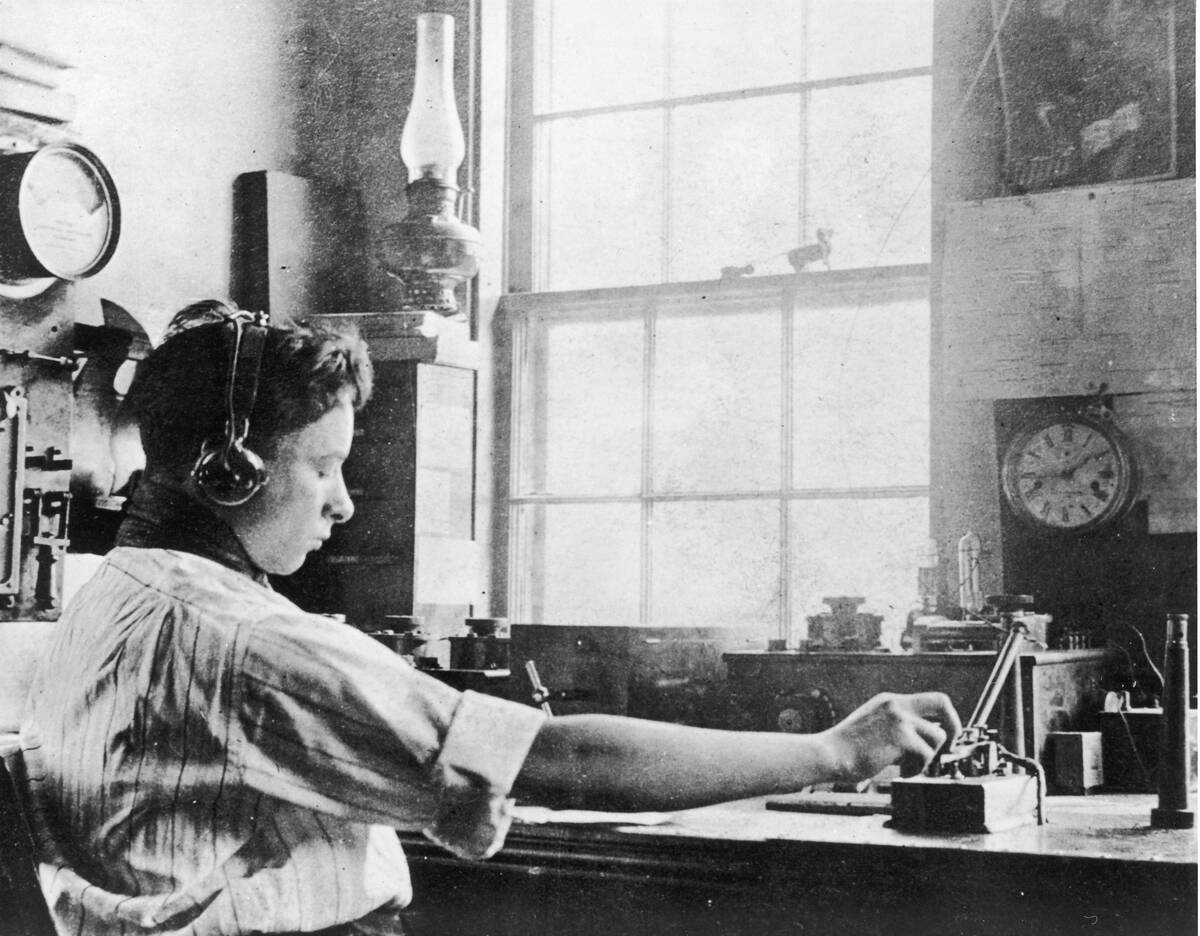
Radio’s journey began in the 19th century with experiments by scientists like Heinrich Hertz and Guglielmo Marconi. Hertz discovered radio waves, while Marconi made them practical for communication.
By 1920, radio stations like KDKA in Pittsburgh were broadcasting regularly, transforming radio from a scientific curiosity to a household staple. People gathered around their sets, enthralled by news, music, and entertainment, as radio became a mainstream medium.
Early Radio Pioneers: Visionaries Behind the Waves

Visionaries like Lee de Forest and Reginald Fessenden were instrumental in radio’s development. De Forest, known for inventing the Audion tube, amplified weak radio signals, making voice transmission possible.
Fessenden, on the other hand, was the first to broadcast music and speech over radio waves. These pioneers laid the groundwork for modern broadcasting, taking radio from a tinker’s dream to an essential communication tool.
The Magic of Wireless: How Radio Broke Barriers

Radio broke barriers by allowing instant communication over vast distances without physical connections. This wireless magic meant ships at sea could communicate with land, saving lives and improving navigation.
Radio’s ability to transcend geographical boundaries brought diverse cultures and communities closer, fostering a shared global experience. It was a breakthrough that reshaped human interaction and understanding across the globe.
War of the Waves: Radio’s Role in World War I and II
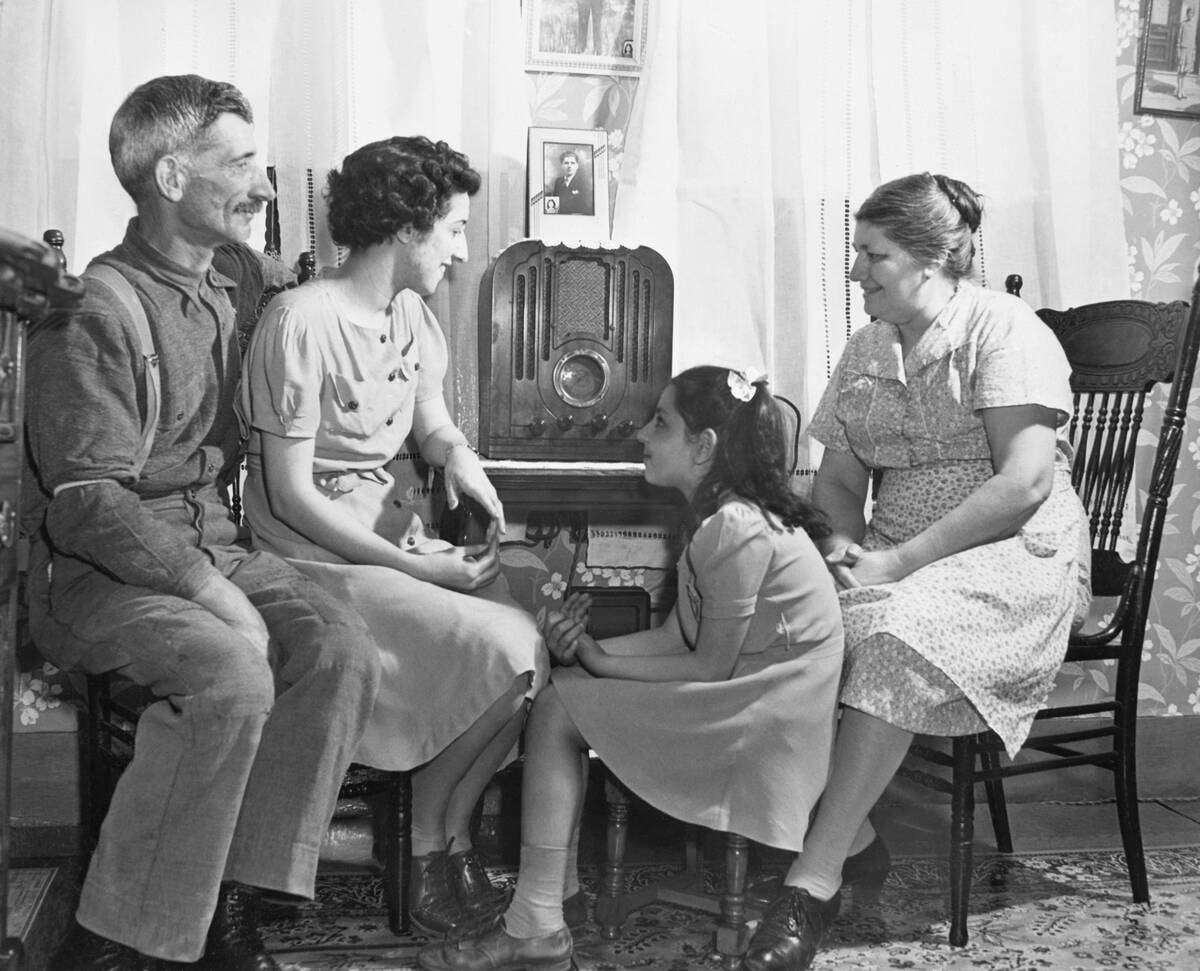
During World Wars I and II, radio played a critical role in military communications and propaganda. It was used to relay orders, gather intelligence, and boost morale among troops and civilians.
Iconic broadcasts like Winston Churchill’s speeches and the BBC’s news updates became symbols of hope and resilience. Radio’s ability to influence public opinion and disseminate information quickly proved invaluable in wartime strategy and operations.
The Golden Age of Radio: Entertainment for the Masses
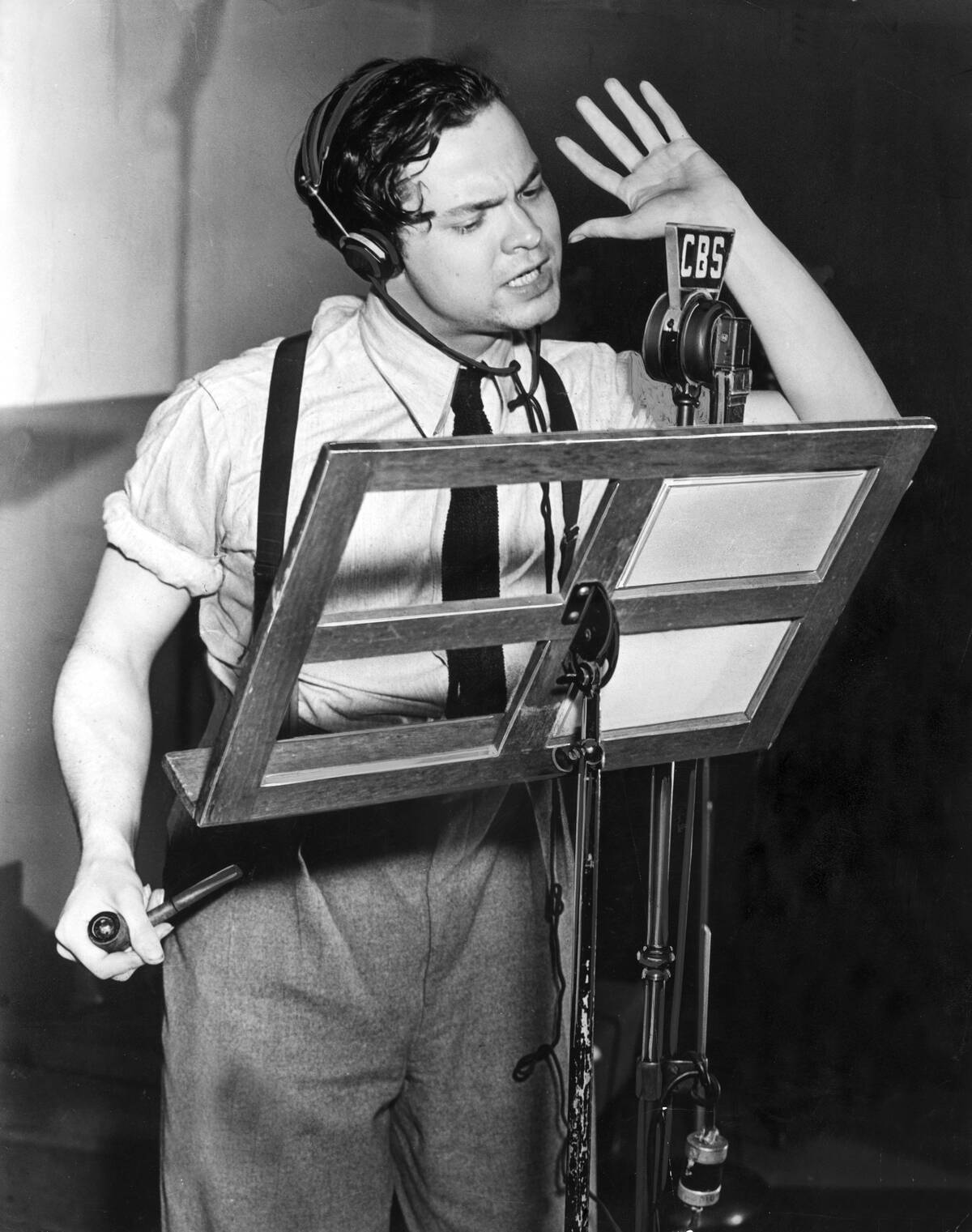
The 1930s and 1940s marked the Golden Age of Radio, a time when families gathered around their sets for entertainment. Shows like “The Shadow” and “The Lone Ranger” captivated audiences with thrilling stories and sound effects.
Comedy programs featuring legends like Jack Benny brought laughter into homes. Radio was the centerpiece of family life, providing a mix of drama, comedy, and music that kept listeners tuned in for hours.
Radio and Music: The Rise of Genres and Icons
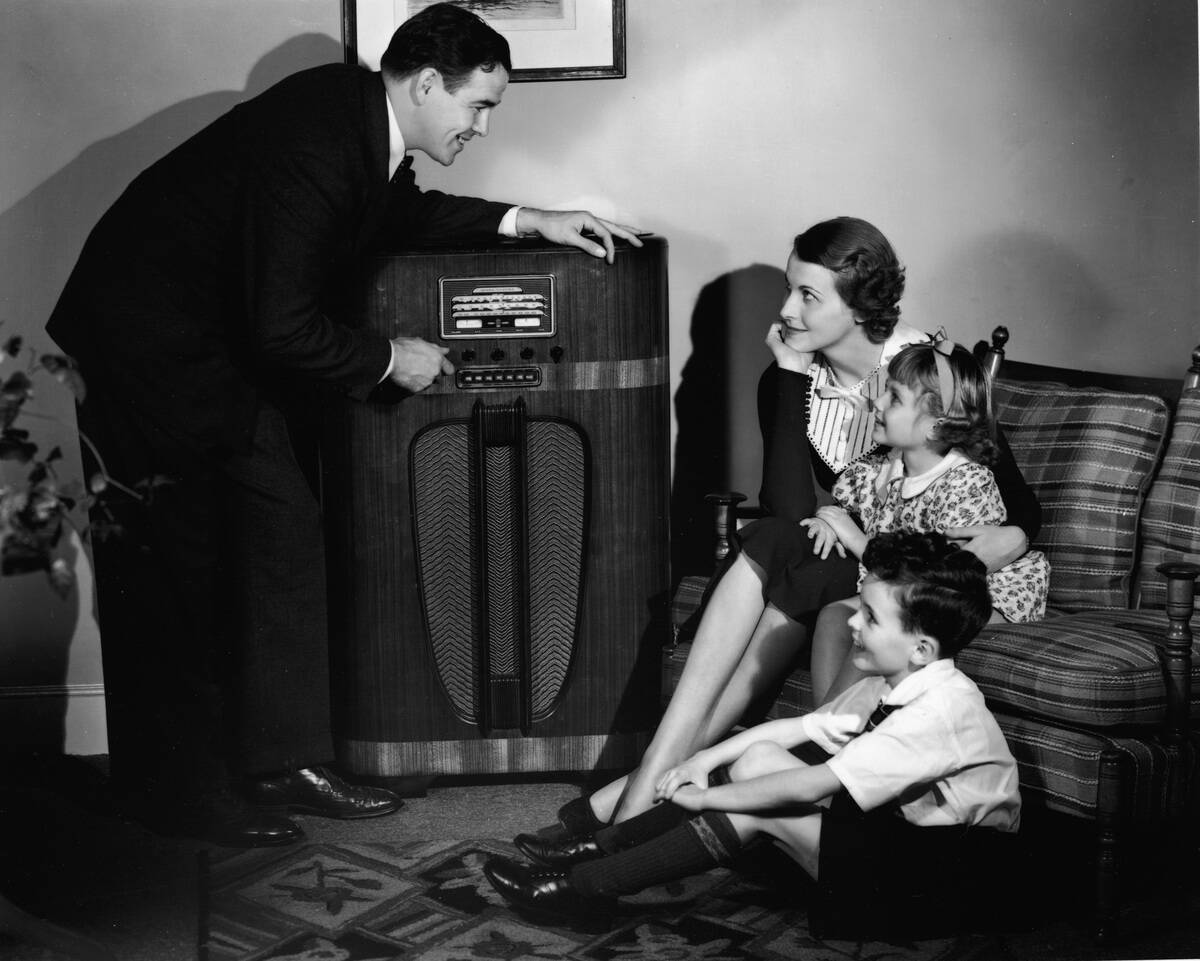
Radio transformed the music industry by popularizing new genres and turning musicians into icons. As stations played jazz, blues, and country music, artists like Louis Armstrong and Hank Williams gained national fame.
Radio DJs became tastemakers, influencing public preferences and launching careers. The medium’s reach allowed diverse sounds to flourish, creating a rich tapestry of musical styles that defined generations.
News on the Air: How Radio Changed Journalism
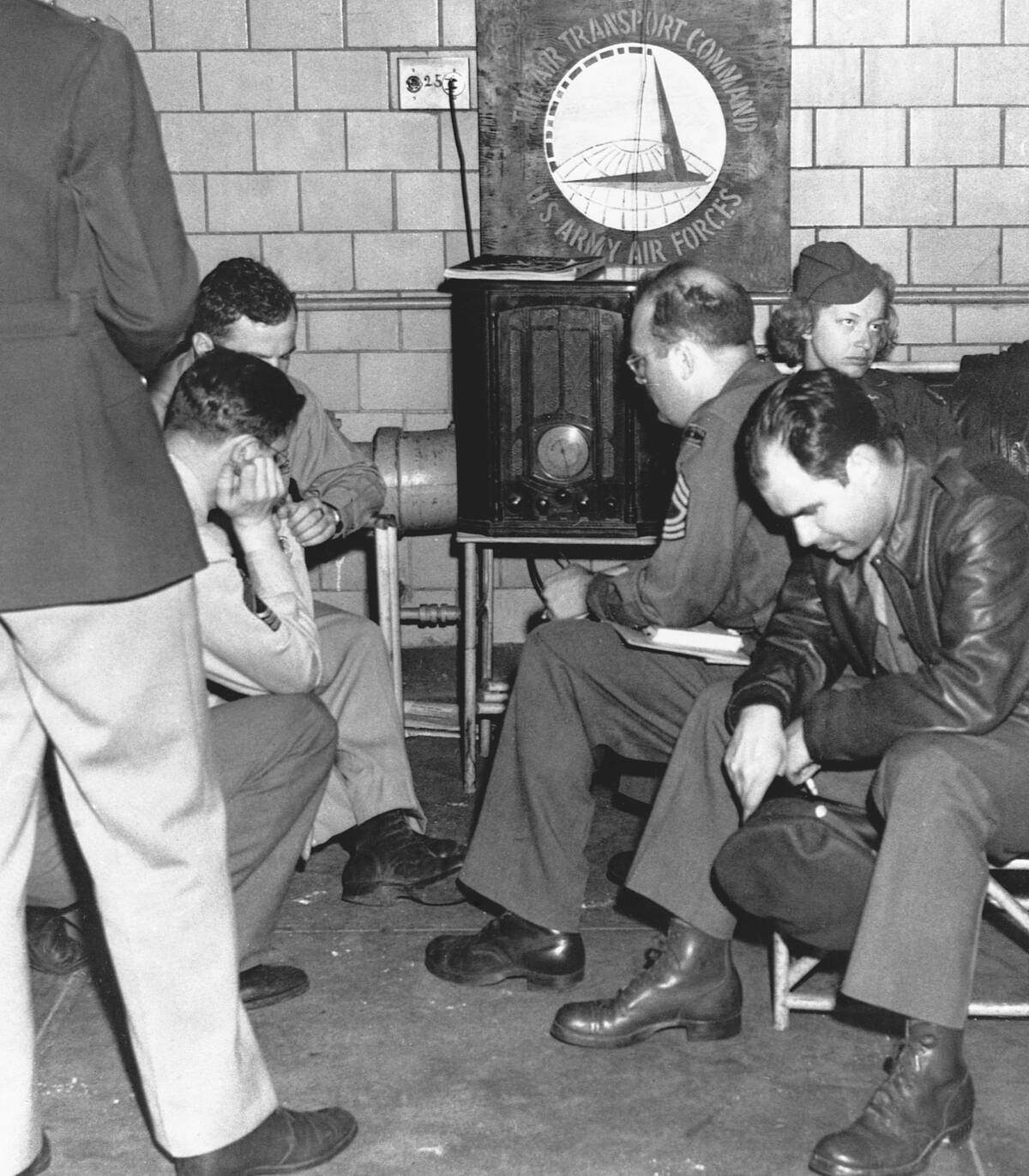
Radio revolutionized journalism by delivering news quickly and directly to the public. The immediacy of live broadcasts meant that events like the Hindenburg disaster and D-Day landings reached listeners in real-time.
Edward R. Murrow’s reports during World War II set a new standard for broadcast journalism. Radio’s ability to provide timely, accurate information reshaped how people consumed news and influenced the development of modern journalism.
Fireside Chats and Beyond: Radio in Politics
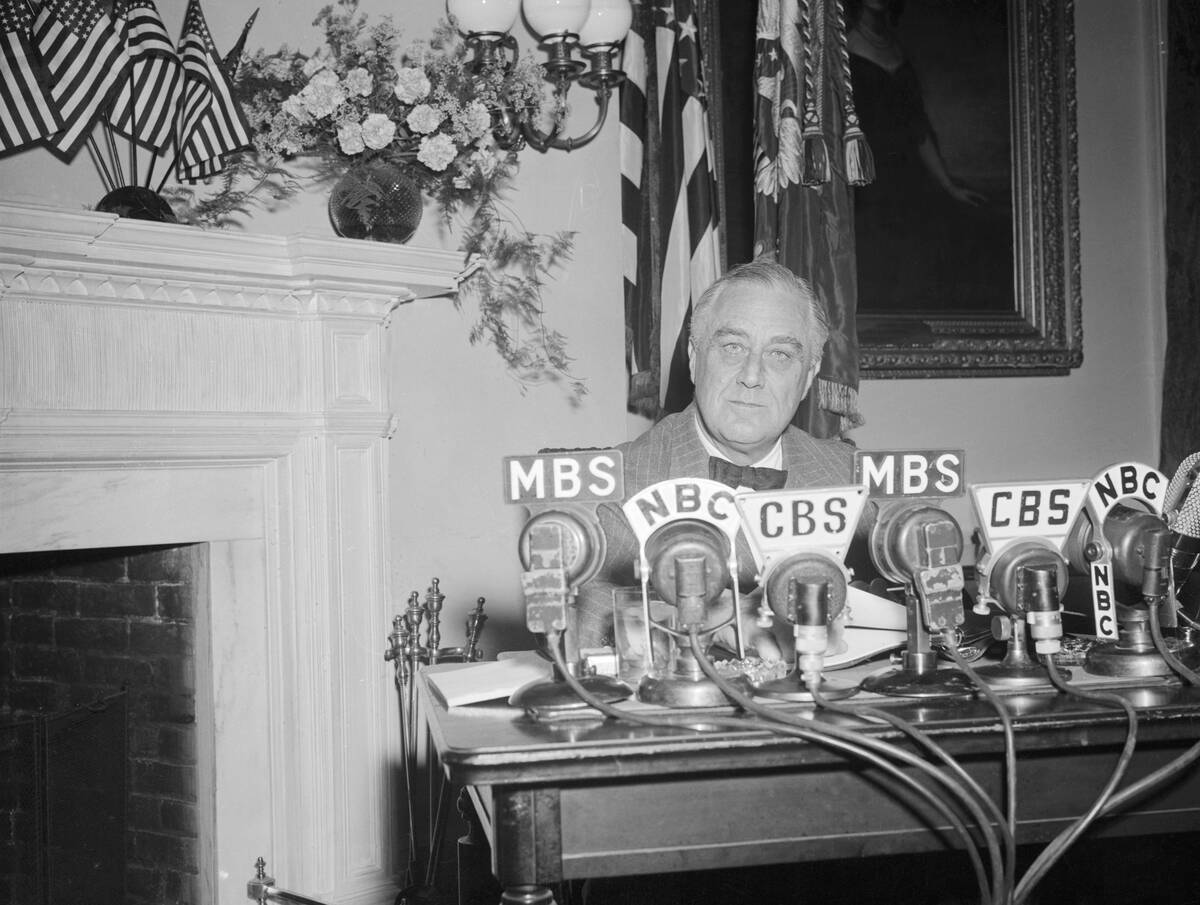
Radio became a powerful political tool, exemplified by Franklin D. Roosevelt’s Fireside Chats. These broadcasts allowed the President to communicate directly with Americans, fostering a sense of connection and trust.
Politicians used radio to reach broader audiences, shaping public opinion and policy. The medium’s influence on politics was profound, as it enabled leaders to engage with citizens in an unprecedented manner, enhancing democratic dialogue.
Family Time: The Social Impact of Radio Shows
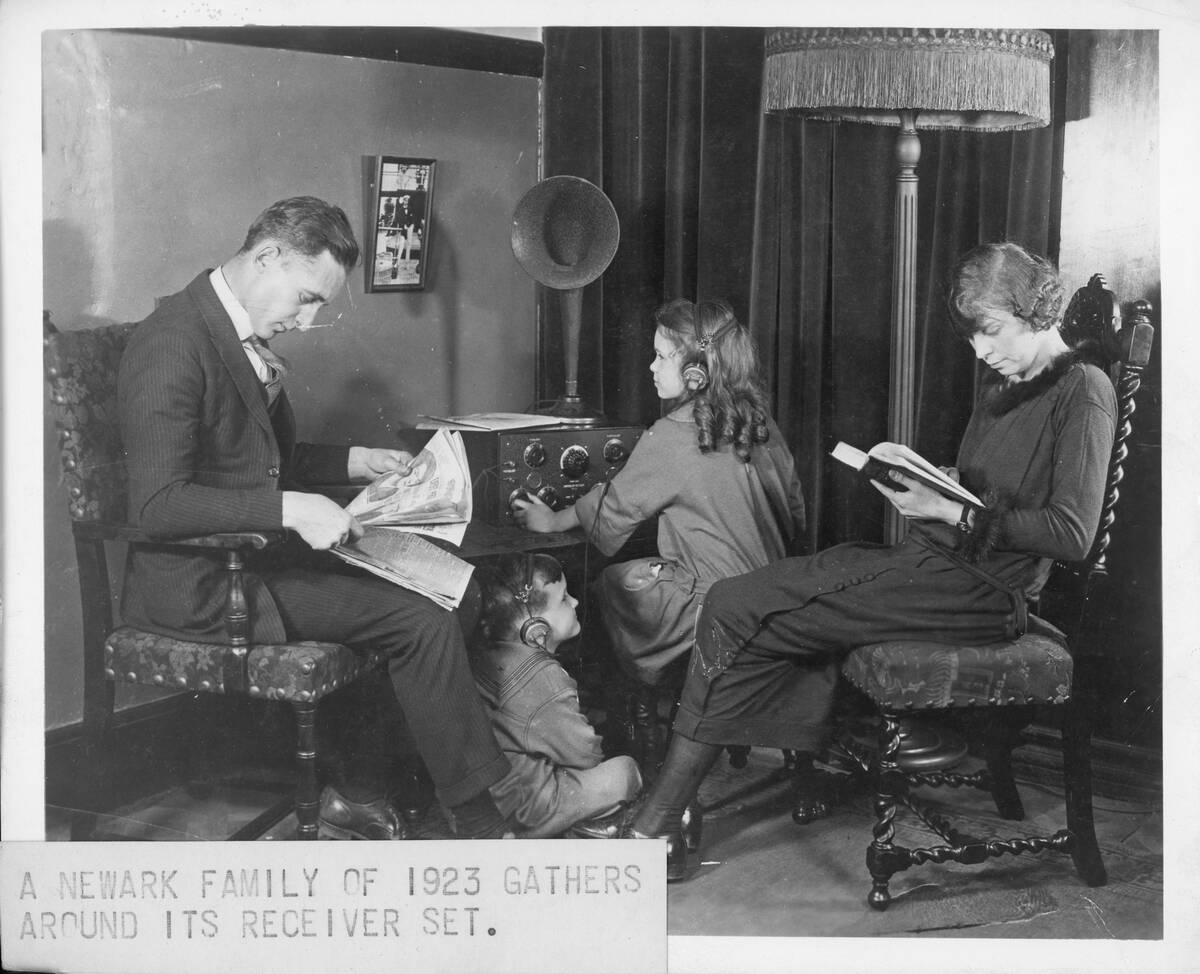
Radio shows brought families together, creating a shared listening experience. Programs like “Amos ‘n’ Andy” and “Fibber McGee and Molly” were staples of family entertainment, sparking conversations and laughter.
These shows offered a sense of community, as listeners across the country tuned in simultaneously. Radio’s ability to unite people through shared stories and experiences had a lasting impact on social connections and family dynamics.
The Radio Commercial Boom: Changing the Advertising Game
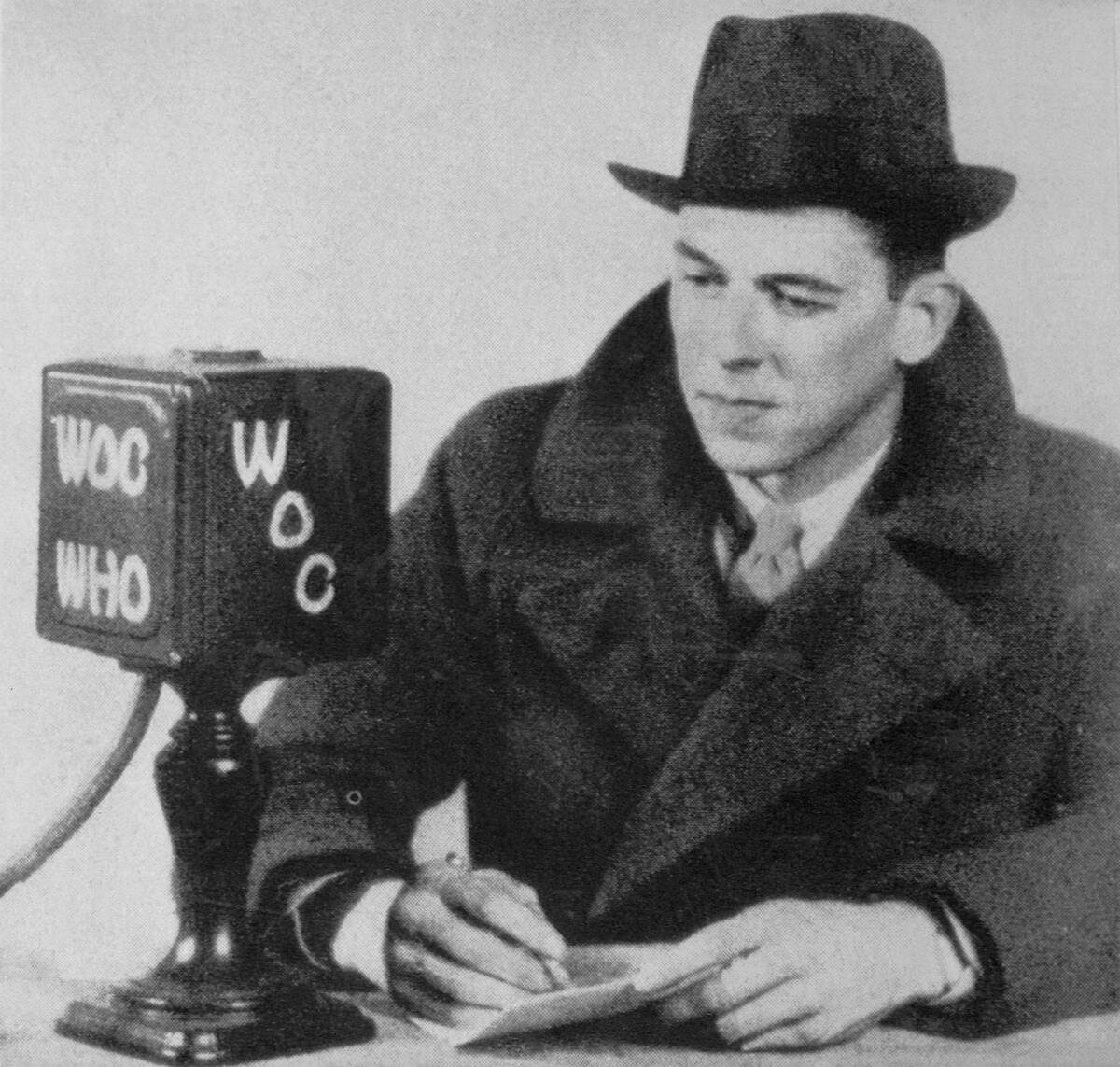
The rise of radio commercials transformed advertising, offering a new platform for reaching consumers. Advertisers capitalized on radio’s wide reach and captive audience to promote products, leading to iconic jingles and slogans.
This shift changed how companies marketed their goods, as radio ads became a vital part of advertising strategies. The medium’s persuasive power helped shape consumer behavior and set the stage for modern advertising.
Portable Sound: Transistor Radios and Teen Culture
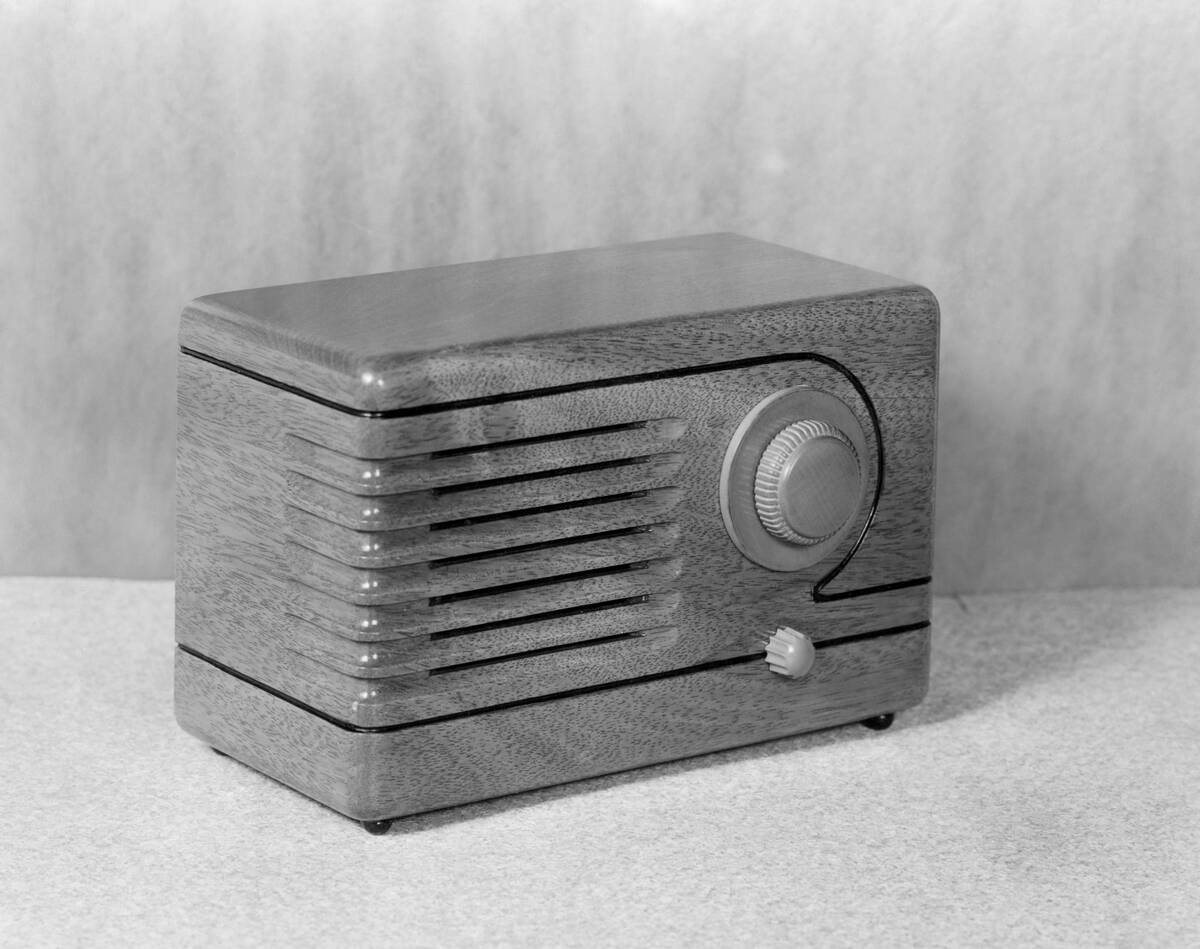
The invention of the transistor radio in the 1950s made music portable, revolutionizing teen culture. Young people could now listen to their favorite rock ‘n’ roll hits anywhere, fueling the rise of youth-oriented music and rebellion.
Transistor radios became symbols of independence and freedom, as teens embraced them to express their identities. This technological innovation was a catalyst for cultural change, influencing fashion, attitudes, and social norms.
Radio and Education: Learning Beyond the Classroom
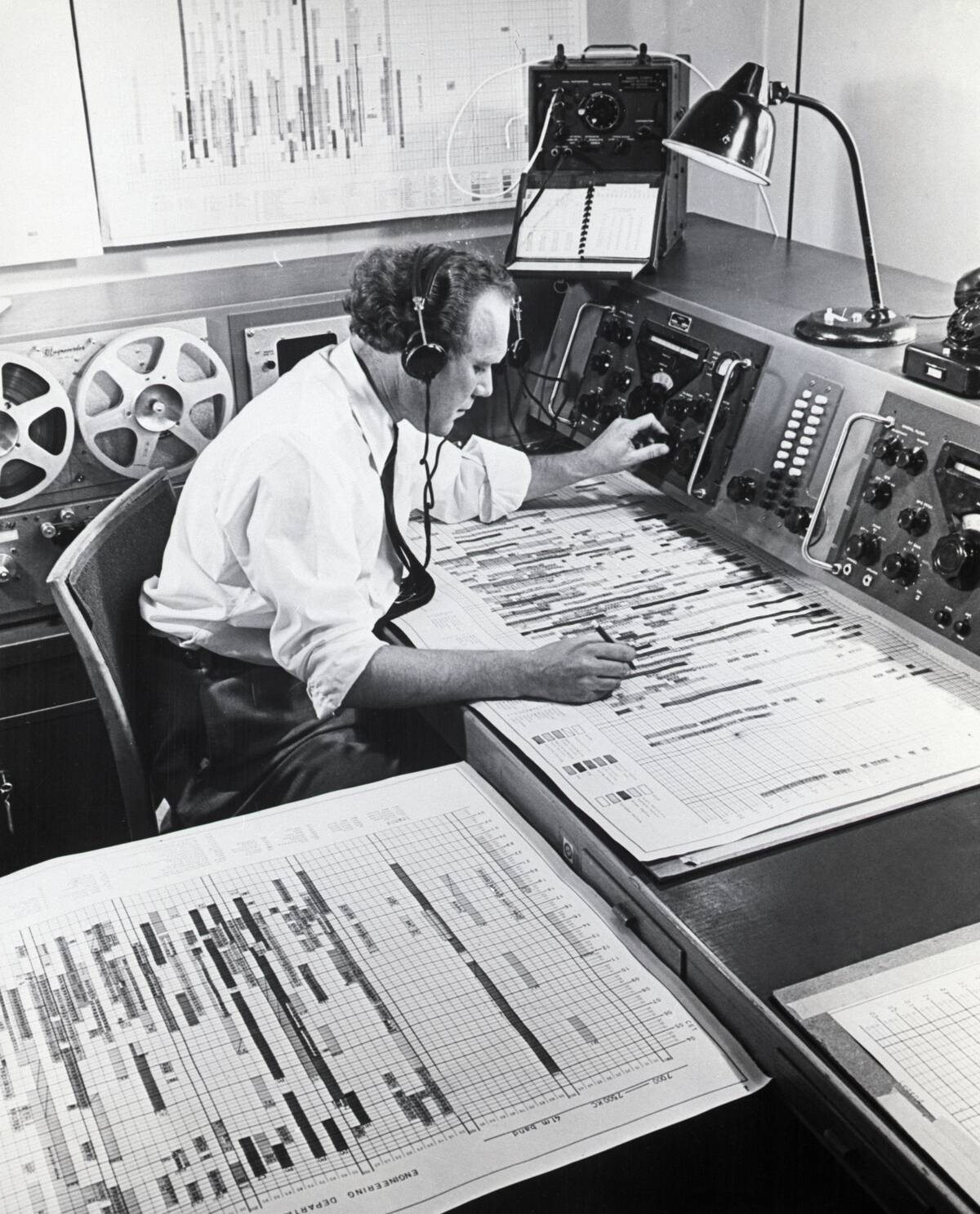
Radio expanded educational opportunities by broadcasting lectures, language courses, and cultural programs. It allowed people in remote areas to access knowledge and resources previously unavailable to them.
Educational broadcasts, like those from the BBC, enriched listeners’ understanding of various subjects. Radio’s role in education provided a valuable supplement to traditional learning, making information accessible to a wider audience and fostering lifelong curiosity.
The Evolution of Radio Technology: From AM to FM
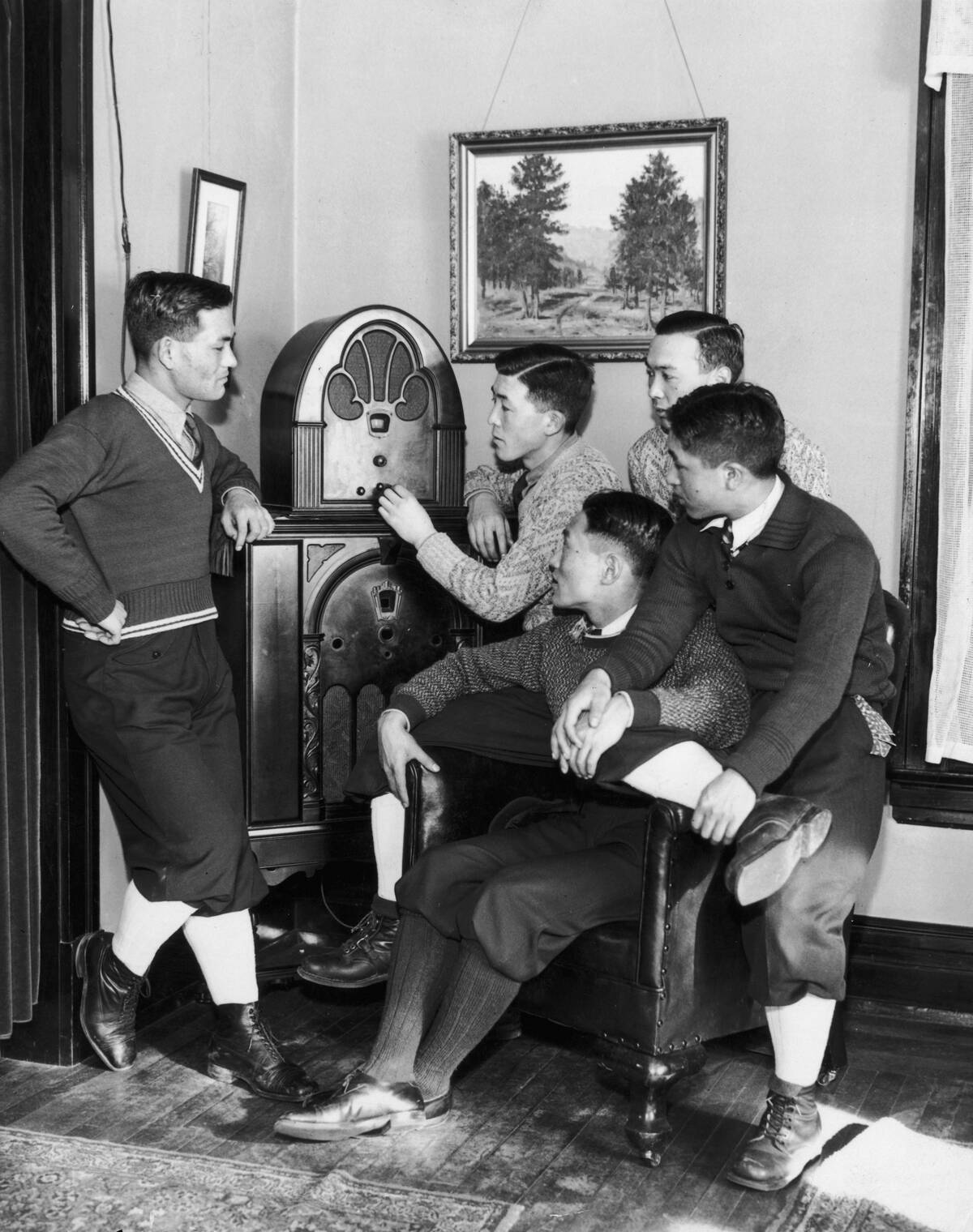
Radio technology evolved significantly, from AM to FM broadcasting, improving sound quality and reducing interference. FM radio, developed by Edwin Armstrong, offered clearer audio and became popular for music stations.
This technological leap allowed for a richer listening experience, attracting more listeners and diversifying content. The evolution of radio technology ensured its continued relevance, adapting to the changing needs and preferences of audiences.
Radio’s Influence on Television: A New Medium Emerges
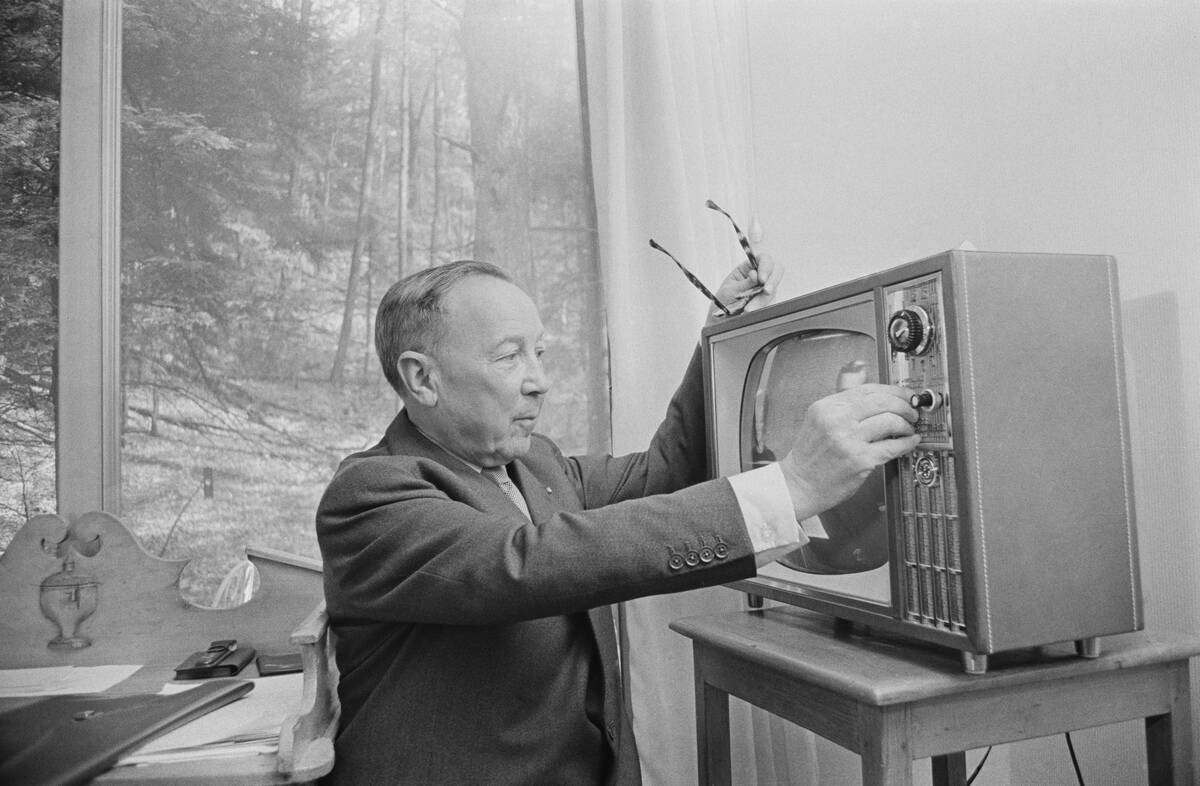
Radio laid the groundwork for television, as many early TV personalities and formats originated from radio. Shows like “I Love Lucy” transitioned from radio scripts, bringing beloved characters to the screen.
The entertainment industry’s evolution from audio to visual was a natural progression, with radio paving the way for TV’s rise. This transition marked the start of a new era in broadcasting, as television built upon radio’s foundations to captivate audiences.
The Resilience of Radio: Surviving the Digital Age

Despite the rise of digital media, radio has remained resilient, adapting to new technologies and listener habits. Online streaming and podcasts have expanded radio’s reach, attracting younger audiences.
Traditional radio stations have embraced digital platforms, ensuring their content remains relevant. Radio’s ability to evolve with the times highlights its enduring appeal and importance in the ever-changing media landscape, proving that the medium is far from obsolete.
Community and Culture: Radio’s Role in Local Identity

Radio has played a vital role in shaping local identity and culture, providing a platform for community voices. Local stations offer news, music, and programs that reflect regional interests and values.
This connection fosters a sense of belonging and pride among listeners, strengthening community bonds. Radio’s ability to celebrate and preserve local culture ensures its continued significance, as it remains a cherished medium for storytelling and community engagement.



